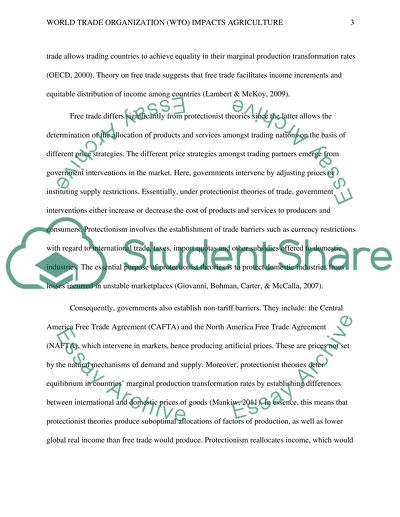Cite this document
(“World Trade Organization (WTO) impacts agriculture Research Paper”, n.d.)
World Trade Organization (WTO) impacts agriculture Research Paper. Retrieved from https://studentshare.org/macro-microeconomics/1400716-world-trade-organization-wto-impacts-agriculture
World Trade Organization (WTO) impacts agriculture Research Paper. Retrieved from https://studentshare.org/macro-microeconomics/1400716-world-trade-organization-wto-impacts-agriculture
(World Trade Organization (WTO) Impacts Agriculture Research Paper)
World Trade Organization (WTO) Impacts Agriculture Research Paper. https://studentshare.org/macro-microeconomics/1400716-world-trade-organization-wto-impacts-agriculture.
World Trade Organization (WTO) Impacts Agriculture Research Paper. https://studentshare.org/macro-microeconomics/1400716-world-trade-organization-wto-impacts-agriculture.
“World Trade Organization (WTO) Impacts Agriculture Research Paper”, n.d. https://studentshare.org/macro-microeconomics/1400716-world-trade-organization-wto-impacts-agriculture.


